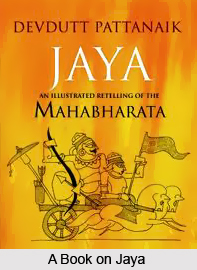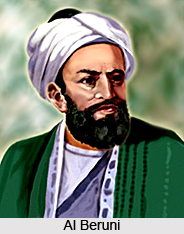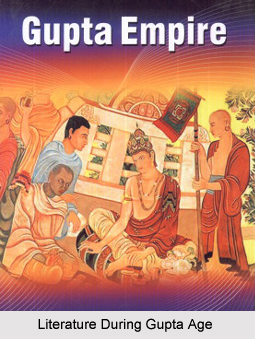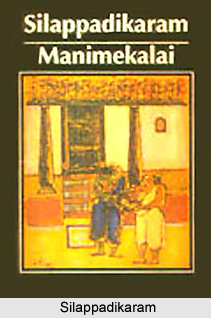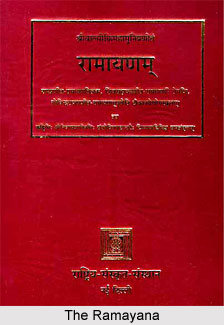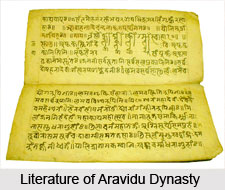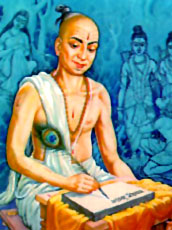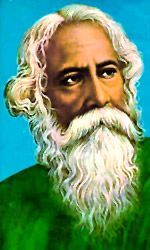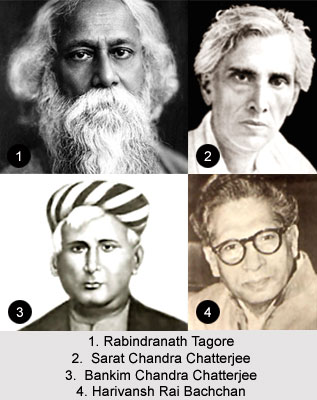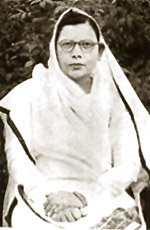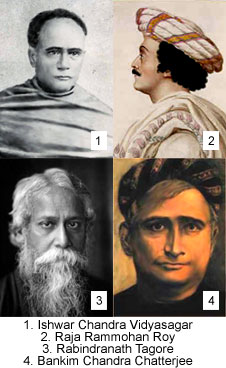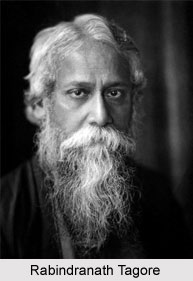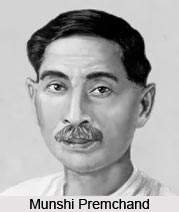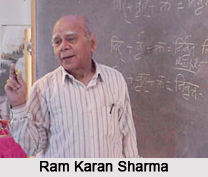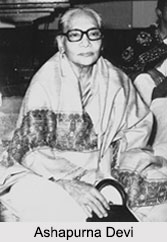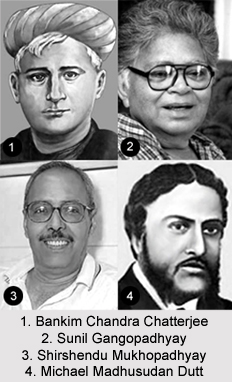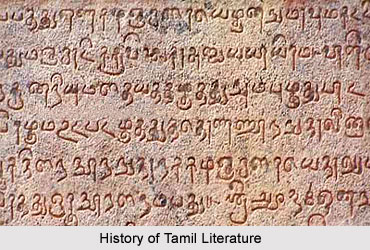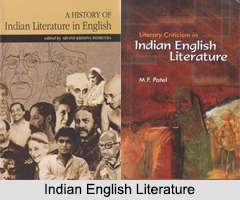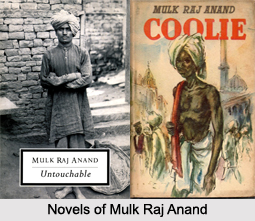 Born in the time, when the socio-cultural ethos of India was infested with narrow casteism, Mulk Raj Anand with a masterful artistry etched out the cultural and social tribulations and the predicament of the deprived belonging to the lower caste according to the social niche. The contemporary social problems, like discriminations on the basis of caste and religion and the immediate outcome of this discrimination, untouchability, are presented boldly in his novels. The characters in his novels are always from the common run of men, who are the part and parcel of the mainstream society. The suppression and the repression of the common people by the Britishers have developed the detestations of the novelists towards the Britishers. Extremely of its time, the novels of Mulk Raj Anand reflect the socio-political and cultural forte of the era.
Born in the time, when the socio-cultural ethos of India was infested with narrow casteism, Mulk Raj Anand with a masterful artistry etched out the cultural and social tribulations and the predicament of the deprived belonging to the lower caste according to the social niche. The contemporary social problems, like discriminations on the basis of caste and religion and the immediate outcome of this discrimination, untouchability, are presented boldly in his novels. The characters in his novels are always from the common run of men, who are the part and parcel of the mainstream society. The suppression and the repression of the common people by the Britishers have developed the detestations of the novelists towards the Britishers. Extremely of its time, the novels of Mulk Raj Anand reflect the socio-political and cultural forte of the era.
Coolie: - Coolie represents the pathetic condition of a boy coming from the village to earn living in the town, ultimately dies of tuberculosis.
The Untouchable: - The remarkable novel "The Untouchables" deals with one of the major social issue "Untouchability".
Two Leaves and A Bud: -Two leaves and a bud is the poignant story illustrating the laborers in the tea Garden who are barbarically exploited in by the British owners of the Garden and finally killed by the Britishers after squeezing them out.
